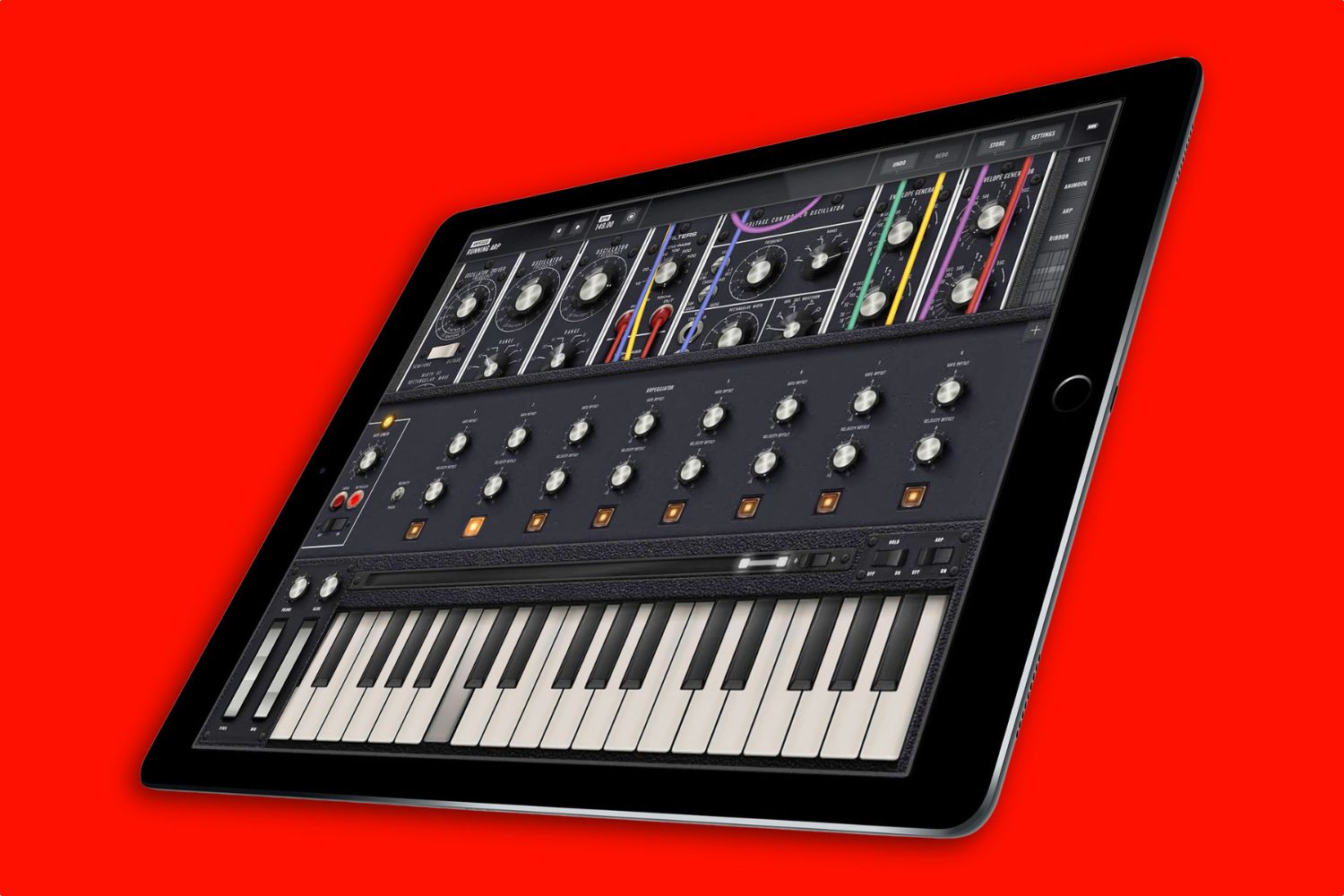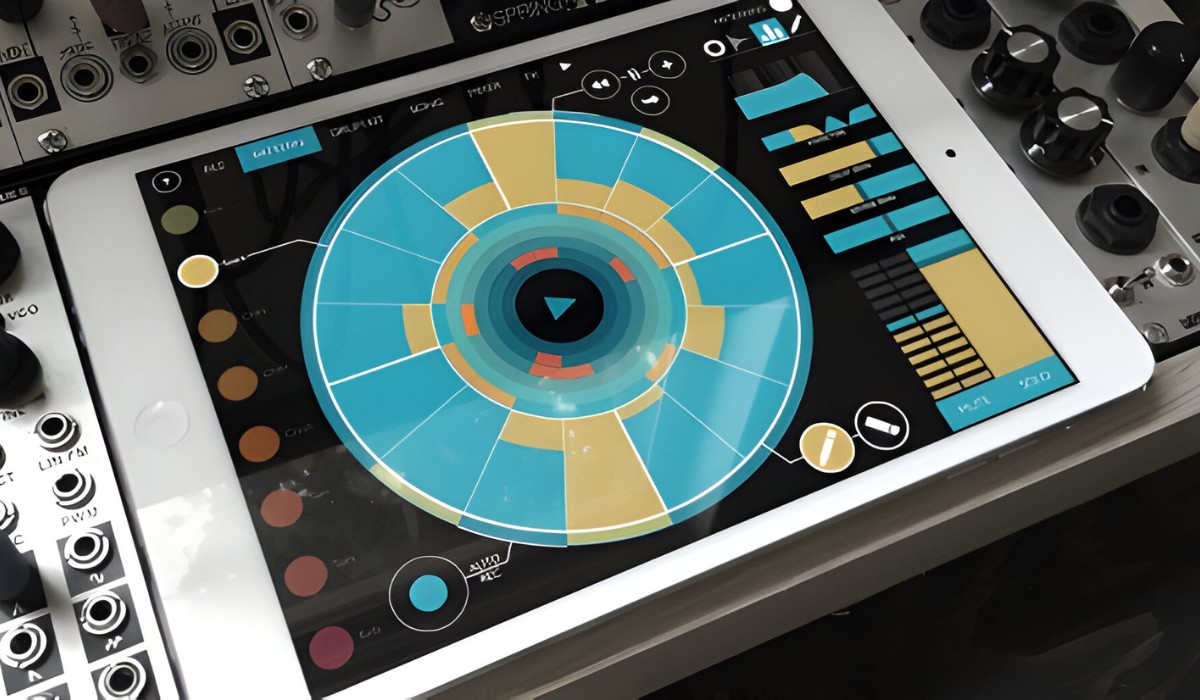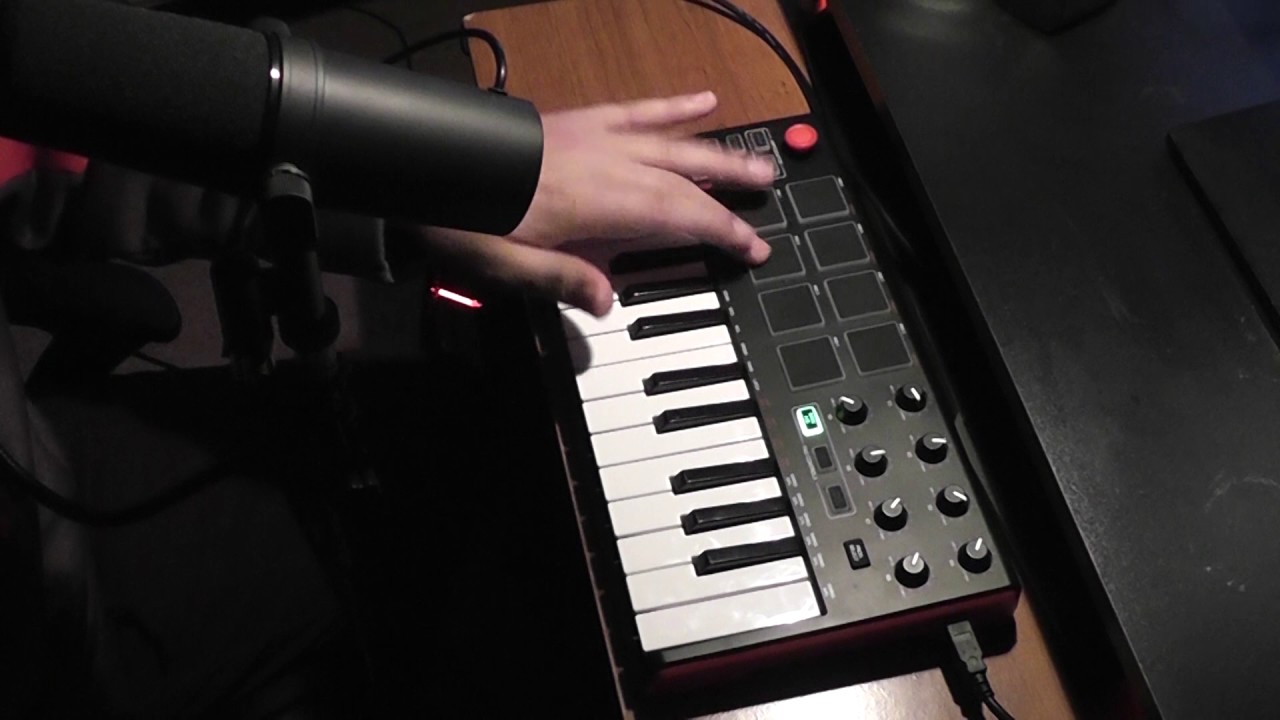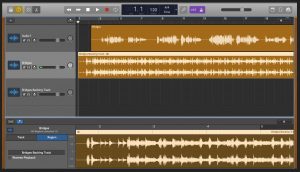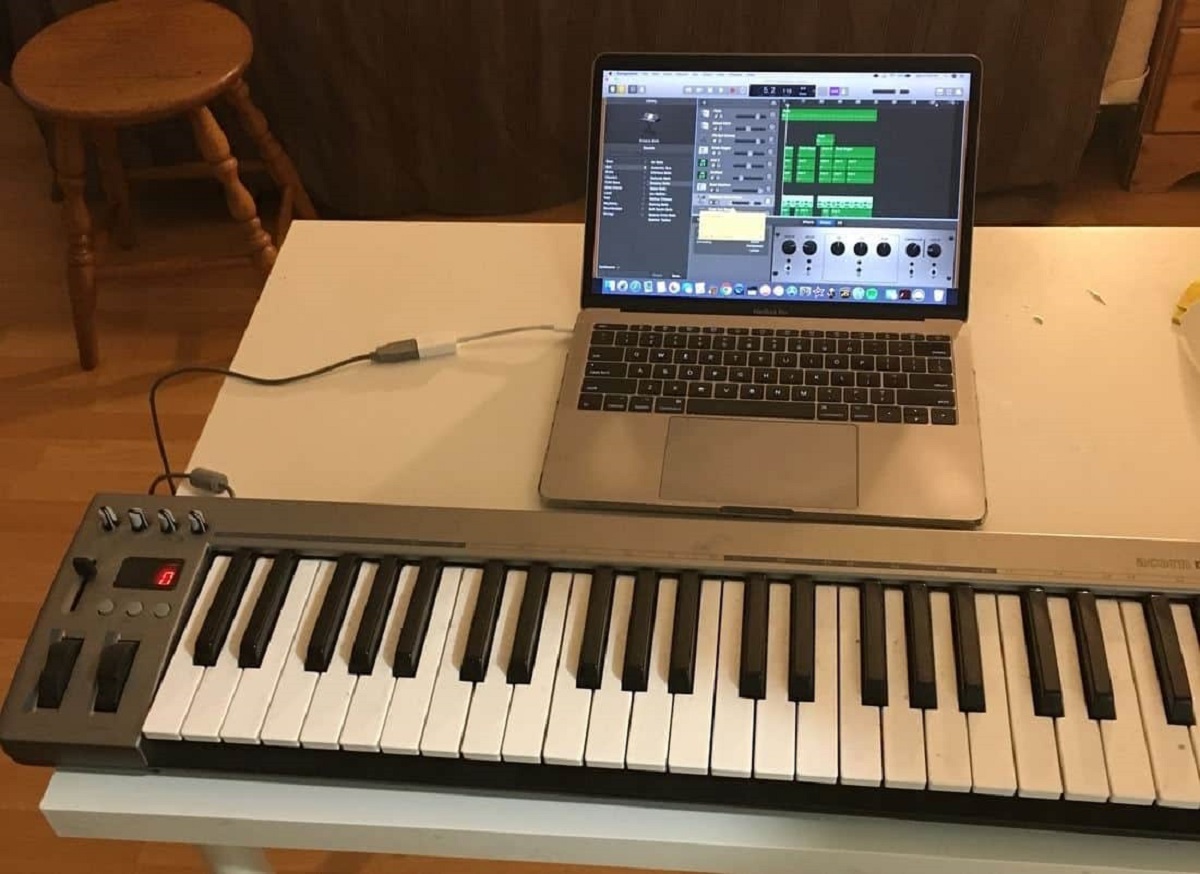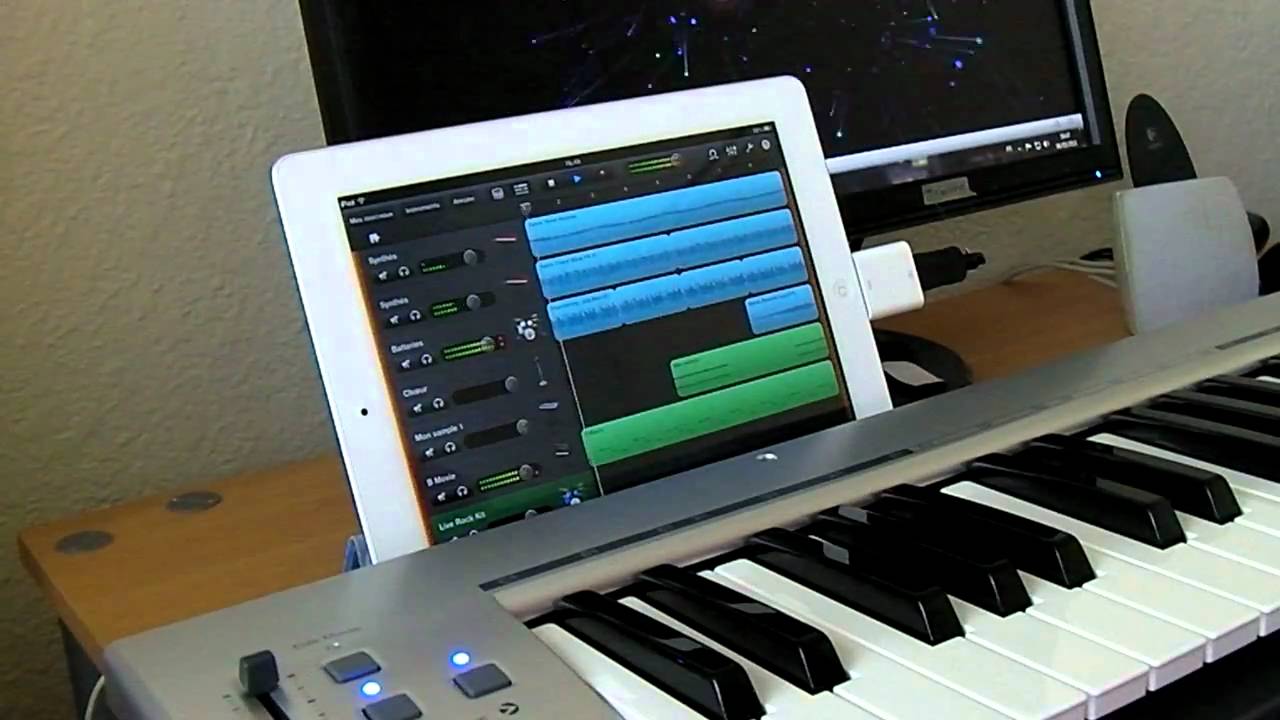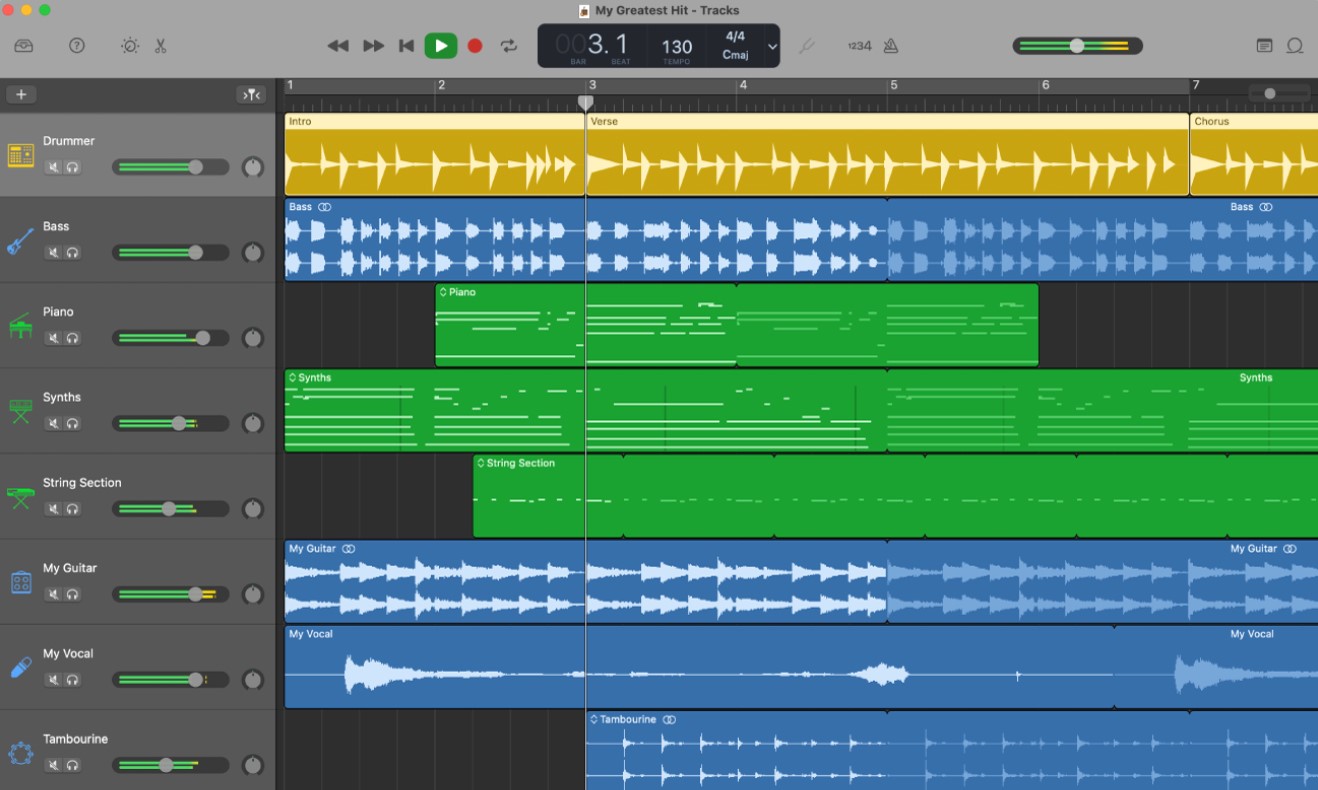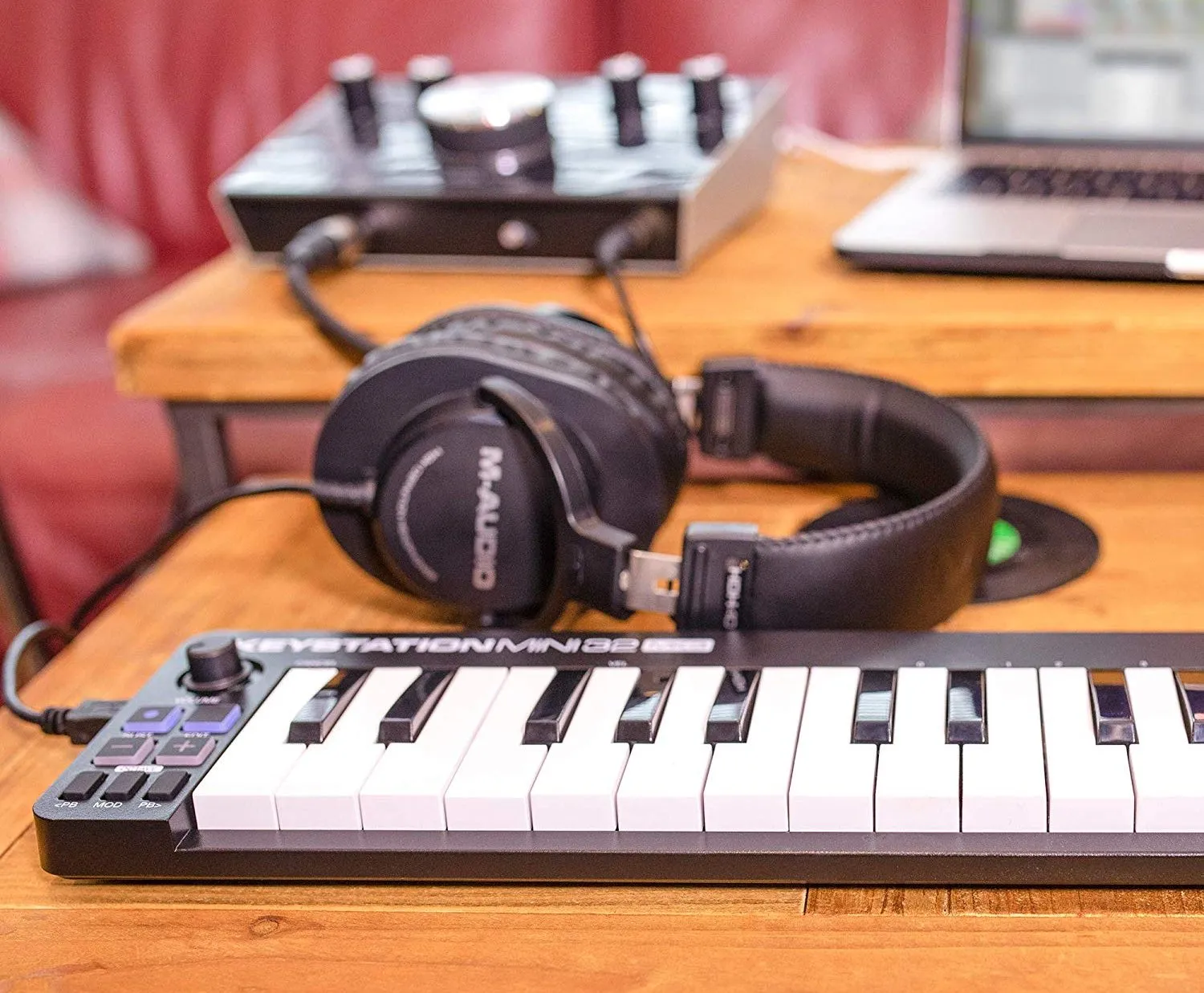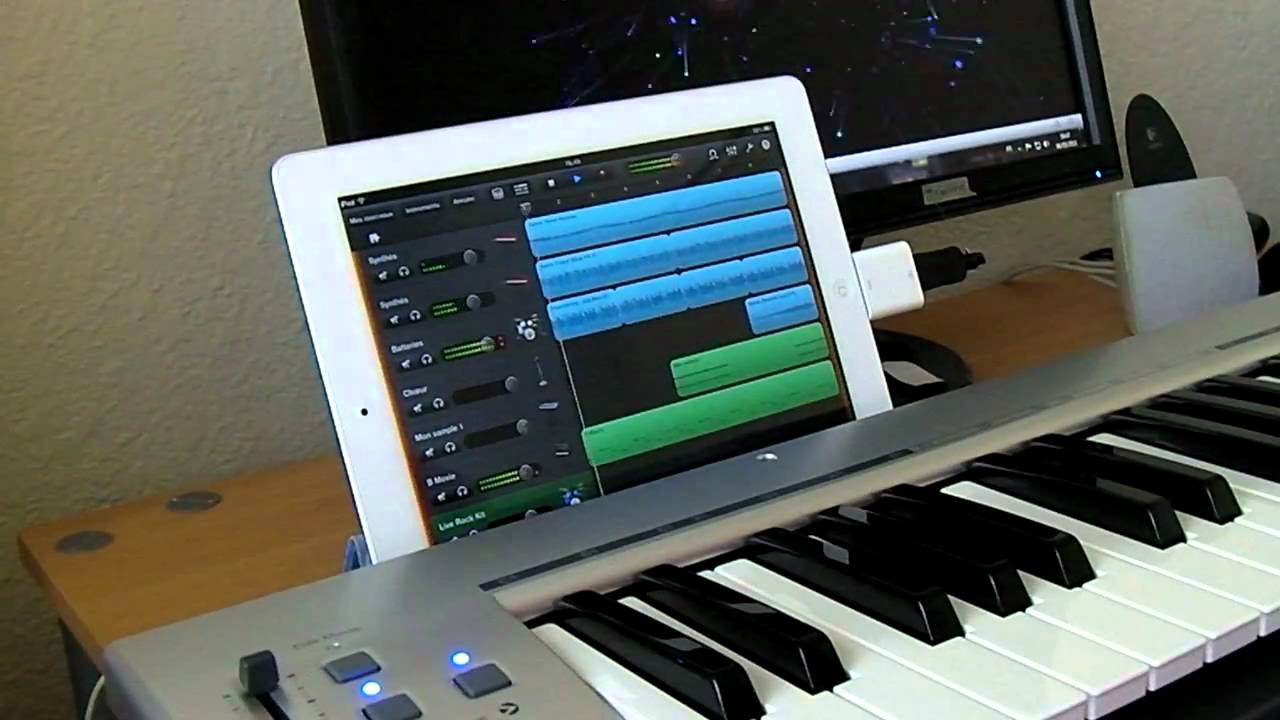Introduction
Welcome to the exciting world of music production with Garageband! If you're ready to take your music to the next level, then learning how to use the drum machine in Garageband is an essential skill. Whether you're a seasoned musician or just starting out, the drum machine is a powerful tool that can add depth, rhythm, and energy to your compositions.
Garageband's drum machine offers a wide range of drum sounds, patterns, and effects that allow you to create professional-sounding drum tracks with ease. From classic rock beats to electronic dance rhythms, the possibilities are endless. In this guide, we'll walk you through the process of using the drum machine in Garageband, from choosing and adding drum sounds to creating and editing drum patterns.
By the end of this tutorial, you'll have the knowledge and confidence to harness the full potential of Garageband's drum machine, and you'll be well on your way to creating dynamic and captivating drum tracks for your music projects. So, let's dive in and explore the exciting world of drum machine production in Garageband!
Getting Started with Drum Machine in Garageband
Before delving into the intricacies of the drum machine in Garageband, it’s essential to familiarize yourself with its layout and functionality. Launch Garageband and create a new project or open an existing one to begin working with the drum machine. Once you’re in the project, navigate to the instrument selection panel and locate the drum machine icon. Click on it to open the drum machine interface.
Upon accessing the drum machine, you’ll be greeted with a wide array of drum kits and sounds to choose from. Garageband offers an extensive library of acoustic and electronic drum kits, each containing a diverse selection of high-quality drum sounds. Take some time to explore the different drum kits available and select one that best suits the style and genre of your music.
With the drum kit loaded, you can start experimenting with various drum sounds by clicking on the individual pads or keys within the drum machine interface. This hands-on approach allows you to audition different sounds and get a feel for the sonic characteristics of each drum element. Whether you’re drawn to the punchy kick drums, snappy snares, or shimmering cymbals, the drum machine empowers you to craft your ideal drum kit with ease.
Furthermore, Garageband provides the flexibility to customize drum sounds to your liking. You can adjust parameters such as pitch, decay, and resonance to sculpt the perfect drum sound for your composition. This level of control enables you to fine-tune the individual elements of your drum kit, ensuring that they complement your music seamlessly.
As you become acquainted with the drum machine’s interface and capabilities, you’ll be well-prepared to move on to the next steps of creating compelling drum patterns and enhancing them with effects. Embrace this initial phase as an opportunity to explore the sonic palette at your disposal and lay the foundation for your rhythmic endeavors within Garageband’s drum machine.
Choosing and Adding Drum Sounds
When it comes to crafting captivating drum tracks in Garageband, the process begins with selecting and adding the right drum sounds to your project. The drum machine offers a diverse range of sounds, including kicks, snares, hi-hats, toms, and various percussion instruments, allowing you to build a unique and expressive drum kit tailored to your musical vision.
To choose and add drum sounds, start by exploring the extensive library of drum kits available within Garageband. Whether you’re aiming for a vintage analog drum machine vibe, a crisp and modern electronic sound, or the warmth of acoustic drums, Garageband provides a wealth of options to suit your preferences. Take the time to audition different drum kits and identify the one that resonates with the mood and style of your composition.
Once you’ve selected a drum kit, it’s time to add individual drum sounds to your project. Within the drum machine interface, you can click on the pads or keys corresponding to each drum sound to trigger them and hear how they fit within your musical context. This interactive approach allows you to experiment with different sounds and arrangements, empowering you to curate a cohesive and impactful drum kit for your track.
Moreover, Garageband facilitates seamless integration of third-party drum samples, enabling you to expand your sonic palette even further. Whether you have custom drum samples or access to sample libraries, you can import and incorporate them into the drum machine, opening up endless creative possibilities for shaping your drum tracks.
As you add drum sounds to your project, consider the interplay between different elements of the drum kit. Pay attention to the tonal balance, dynamics, and texture of each sound, ensuring that they complement one another and contribute to the overall rhythmic character of your composition. By thoughtfully selecting and adding drum sounds, you lay a strong foundation for the creation of compelling drum patterns that drive your music forward.
Creating Drum Patterns
Once you’ve chosen and added the ideal drum sounds to your project, it’s time to delve into the art of creating dynamic and engaging drum patterns using Garageband’s intuitive drum machine. Drum patterns form the rhythmic backbone of a composition, providing groove, momentum, and character to the music. With Garageband’s versatile tools and features, you can craft intricate and expressive drum patterns that elevate your tracks to new heights.
To begin creating drum patterns, familiarize yourself with the grid-based pattern editor within the drum machine interface. This visual representation allows you to sequence drum sounds across multiple bars, defining the rhythm and structure of your patterns with precision. By clicking on the grid cells, you can place drum hits at specific intervals, shaping the timing and sequence of each sound to suit your musical arrangement.
Garageband offers a range of quantization options that enable you to align and refine your drum patterns, ensuring that the rhythmic elements synchronize seamlessly with the rest of your music. Whether you prefer a tight, quantized feel or a looser, more organic groove, the quantization settings empower you to tailor the rhythmic dynamics of your drum patterns to perfection.
Furthermore, the drum machine provides comprehensive editing capabilities, allowing you to fine-tune the velocity, timing, and duration of individual drum hits within your patterns. This level of control enables you to infuse nuance and expressiveness into your drum tracks, shaping the dynamics and feel of each drum sound to suit the nuances of your composition.
As you craft drum patterns, consider the interplay between different elements of the drum kit, exploring variations in kick patterns, snare accents, hi-hat articulations, and percussive embellishments. By experimenting with diverse rhythmic motifs and variations, you can imbue your drum patterns with depth, energy, and personality, enhancing the overall impact of your music.
Embrace the creative freedom that Garageband’s drum machine offers, and let your rhythmic imagination run wild as you design compelling and infectious drum patterns that propel your compositions to new creative horizons.
Editing Drum Patterns
Once you’ve crafted your initial drum patterns, Garageband provides a wealth of editing tools and features that empower you to refine and enhance the rhythmic elements of your compositions. Whether you’re seeking to fine-tune the timing of drum hits, introduce variations in velocity, or experiment with rhythmic subdivisions, the editing capabilities within the drum machine offer a versatile and intuitive platform for shaping your drum patterns.
One of the key editing features available in Garageband is the ability to adjust the timing and quantization of individual drum hits within your patterns. This functionality allows you to align drum hits with precision, ensuring that they synchronize seamlessly with other musical elements in your composition. Whether you’re aiming for a tight, machine-like feel or a more loose and organic groove, the timing adjustments enable you to tailor the rhythmic dynamics of your drum patterns to suit your creative vision.
Beyond timing adjustments, Garageband’s editing tools also grant you the freedom to manipulate the velocity of individual drum hits, influencing the intensity and dynamics of each sound within your patterns. By introducing variations in velocity, you can imbue your drum patterns with a sense of nuance and expressiveness, adding depth and character to the rhythmic fabric of your music.
Furthermore, the drum machine facilitates the exploration of rhythmic subdivisions and pattern variations, allowing you to introduce fills, rolls, and intricate rhythmic motifs into your drum patterns. This level of creative control empowers you to experiment with diverse rhythmic arrangements, infusing your drum tracks with dynamic flourishes and captivating nuances that captivate listeners and elevate your music.
As you engage with the editing process, consider the impact of subtle adjustments on the overall feel and groove of your drum patterns. Embrace the opportunity to fine-tune the rhythmic elements of your compositions, sculpting the dynamics and character of your drum tracks to align seamlessly with the evolving contours of your musical vision.
By harnessing the editing capabilities within Garageband’s drum machine, you can refine and elevate your drum patterns, transforming them into compelling and expressive rhythmic foundations that drive the momentum and energy of your compositions.
Adding Effects to Drum Machine
Garageband offers a rich array of effects that can be applied to the drum machine, allowing you to sculpt and enhance the sonic characteristics of your drum tracks. By integrating effects into your drum patterns, you can imbue them with depth, texture, and sonic intrigue, elevating the overall impact of your music.
One of the primary effects that can transform the sonic landscape of your drum patterns is reverb. By applying reverb to individual drum sounds within the drum machine, you can create a sense of space and ambience, adding a lush and immersive quality to your drum tracks. Whether you’re aiming for a tight and dry sound or a spacious and atmospheric vibe, the judicious use of reverb can enhance the sonic depth and dimension of your drum patterns.
Additionally, the application of compression to drum sounds within the drum machine can shape the dynamics and punch of your drum tracks, ensuring that they cut through the mix with clarity and impact. Compression enables you to control the transient peaks and sustain of drum hits, allowing you to achieve a polished and cohesive rhythmic foundation for your compositions.
Furthermore, Garageband’s array of EQ and filtering tools can be employed to sculpt the tonal characteristics of individual drum sounds, shaping their frequency content and timbral qualities to suit your creative vision. Whether you’re seeking to accentuate the punch of a kick drum, bring out the sizzle of hi-hats, or refine the resonance of toms, the application of EQ and filtering effects empowers you to tailor the sonic profile of your drum patterns with precision.
Moreover, the integration of modulation effects such as chorus, flanger, and phaser can infuse your drum tracks with movement, color, and sonic intrigue. By experimenting with modulation effects within the drum machine, you can introduce captivating textures and rhythmic embellishments that add a unique and expressive dimension to your drum patterns, enhancing their overall impact within your compositions.
As you explore the diverse palette of effects available in Garageband, consider the creative possibilities they offer for shaping and refining your drum patterns. Embrace the opportunity to experiment with different effects, allowing your sonic imagination to guide you as you craft compelling and evocative drum tracks that captivate listeners and elevate your music to new creative heights.
Conclusion
Congratulations on embarking on your journey to master the drum machine in Garageband! Throughout this guide, we’ve delved into the essential aspects of utilizing the drum machine to create compelling and dynamic drum tracks for your music projects. From selecting and adding drum sounds to crafting intricate drum patterns and applying effects, you’ve gained valuable insights into the art of rhythmic production within Garageband.
By familiarizing yourself with the drum machine’s interface and functionality, you’ve unlocked a world of creative possibilities, enabling you to shape and sculpt the rhythmic foundations of your compositions with precision and flair. The ability to curate custom drum kits, sequence expressive drum patterns, and enhance them with effects empowers you to realize your musical vision with clarity and impact.
As you continue to explore the drum machine in Garageband, remember that experimentation and creativity are key to unlocking the full potential of this powerful tool. Embrace the process of crafting unique and evocative drum tracks, and allow your rhythmic imagination to guide you as you infuse your music with energy, groove, and personality.
Whether you’re producing vibrant pop anthems, infectious dance tracks, or soul-stirring ballads, the drum machine in Garageband serves as a versatile and indispensable companion on your musical journey. It offers a canvas for rhythmic expression and sonic exploration, inviting you to push the boundaries of traditional drum programming and create compelling rhythms that resonate with your audience.
As you apply the knowledge and techniques gained from this guide to your music production endeavors, may you find joy and fulfillment in the rhythmic tapestry you weave, and may your drum tracks serve as the driving force behind memorable and impactful musical experiences. Embrace the rhythmic heartbeat of your compositions, and let the drum machine in Garageband be your trusted ally in crafting rhythms that captivate, inspire, and move listeners in profound ways.







